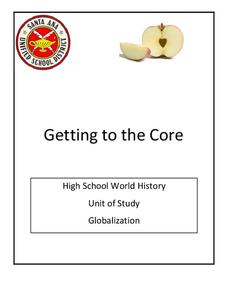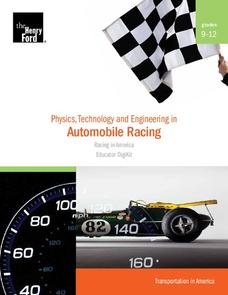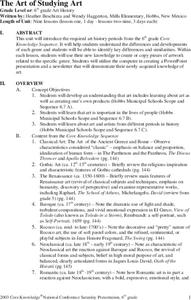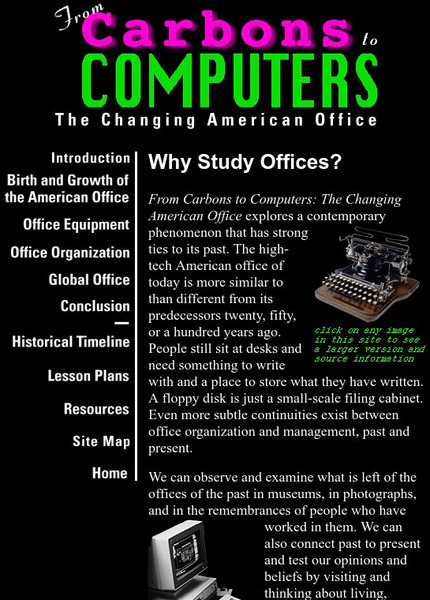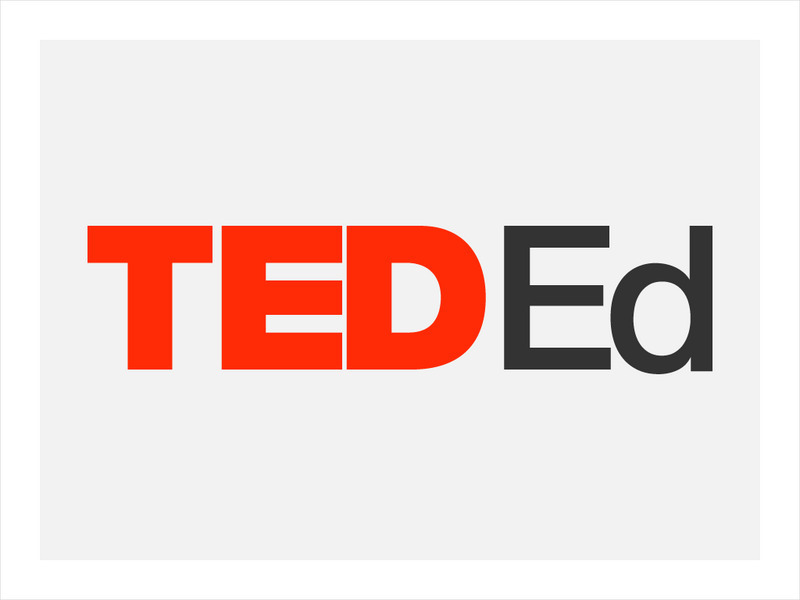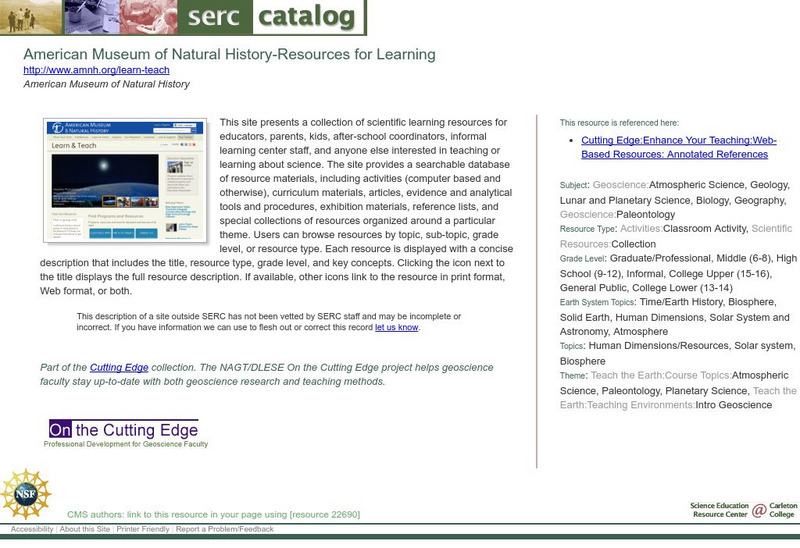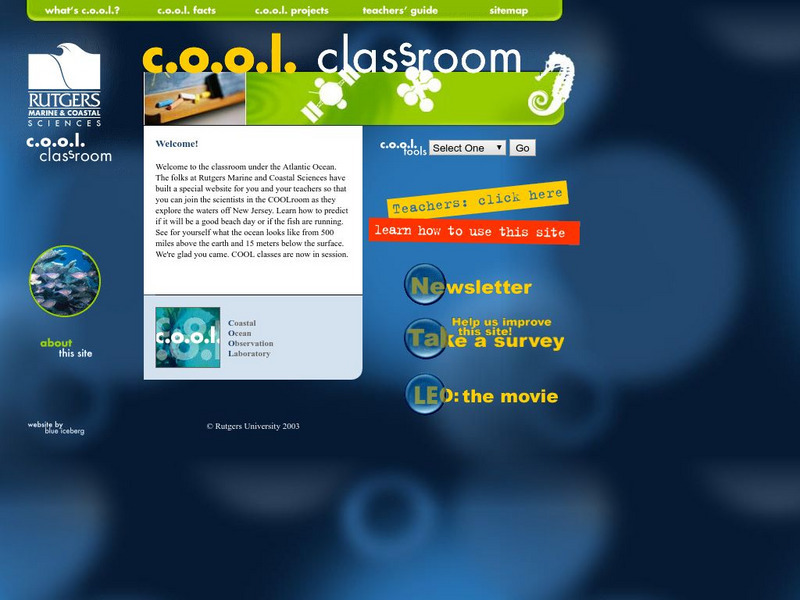Columbus City Schools
The Mystery of Earth’s History
Every living creature can leave a fossil record, yet most fossils belong to extinct organisms rather than ones currently living. Scholars learn about dating rock layers, fossils, and the environment of the past. Pupils understand that...
Annenberg Foundation
America's History in the Making: Using Digital Technologies
How can digital technology of today link us to the events of the past? Scholars use technology to uncover the vast number of historical resources available in lesson 12 of a 22-part America's History in the Making series. Using databases...
Partnership for Educating Colorado Students
Mayan Mathematics and Architecture
Take young scholars on a trip through history with this unit on the mathematics and architecture of the Mayan civilization. Starting with a introduction to their base twenty number system and the symbols they used, this eight-lesson unit...
Curated OER
Using computers in the content area
Students practice grade appropriate computer basics and integrate them into the curriculum areas. in this technology lesson, students understand correct behaviors while using the computer. Students become familiar with the Internet...
California Polytechnic State University
Australian Geography Unit
At the heart of this resource is a beautifully detailed PowerPoint presentation (provided in PDF form) on the overall physical geography of Australia, basic facts about the country, Aboriginal history, and Australia culture and lifestyle.
Santa Ana Unified School District
Getting to the Core: Globalization
How have advances in technology and communication changed our world? That is the questions that world history students contemplate as they examine a series of primary and secondary source materials
San Francisco Symphony
Biographical Slideshow
Biographies can be a fun topic for any history project. Learners choose one famous person that lived between 1865 and 1930 to research. They gather information, work on reading comprehension, and use what they find to create slide shows...
San Francisco Symphony
Going West
Now this sounds like a fun lesson! Youngsters learn about pioneer life and the Westward Movement. First, they listen to the Copland's "Appalachian Spring," and then they discuss the elements of music found in the piece. They...
Curated OER
Not Just for Gods and Goddesses:
Students use dictionaries, encyclopedias, art, computers, and books to study the Gods and Goddesses of Ancient Greece. In this Ancient Greece lesson plan, students research maps, stories, Olympic games, and more about Ancient Greece.
Henry Ford Museum
Physics, Technology and Engineering in Automobile Racing
Start your engines! This five-lesson unit introduces physics and Newton's laws through automobile racing. Each lesson includes background information, a student worksheet, and an answer key. There are also culminating...
Curated OER
The Art of Studying Art
Students explain the value of different genres of art. In this art lesson, students describe the differences in various genres of art and make comparisons between them. Students choose an art genre and create an original work of art...
Sports Museum
Boston vs Bullies: Facilitator's Guide
Score a big win for your school's environment with top-notch bullying prevention resources! The downloadable materials feature prominent sports figures from the Boston area talking about their experiences with bullying. Appropriate for...
Curated OER
Traveling the Silk Road: A Multimedia Approach
Students transfer what they have learned about China into an electronic project. In this collaborative project, students take what they have learned from their textbooks and synthesize the information in order to create an electronic...
Computer History Museum
Computer History Museum: Abacus
The Computer History Museum located in Mountain View, California, provides a glimpse into the development of the information age via their large collection of artifacts. This section highlights the development and use of the abacus, "a...
Other
London Grid for Learning: History of Computing: A Brave New World
This resource aims to teach the history of computing and the effect of landmark moments in computing history on today's world. Crosses different curriculum areas. Explanations of many of the world's significant computers were provided by...
East of England Broadband Network
History's Heroes: Alan Turing (1912 1954)
This website explores the lives of heroic ordinary people who made their mark on history. Features illustrated story and timeline on Alan Turing, the father of modern computing. Find out who he was, what he did, his achievements, and his...
Smithsonian Institution
Smithsonian Education: From Carbons to Computers, the Changing American Office
A site including lesson plans, photographs, and text about the offices of yesterday and those of today. Topics discussed include office equipment, office organization, globalization, and technology. Also included is an historical...
TED Talks
Ted: Ted Ed: A Brief History of Video Games (Part I)
Video games are everywhere these days, but where did they actually come from? The history of video games is a complicated story that involves giant computers in science labs, the founder of Chuck E. Cheese and billions of dollars in...
Science Education Resource Center at Carleton College
Serc: American Museum of Natural History Resources for Learning
This site presents a collection of scientific learning resources for educators, parents, kids, after-school coordinators, informal learning center staff, and anyone else interested in teaching or learning about science. The site provides...
National High Magnetic Field Laboratory
Magnet Academy: Magnetic Core Memory
Magnetic core memory was developed in the late 1940s and 1950s, and remained the primary way in which early computers read, wrote and stored data until RAM came along in the 1970s. (Java tutorial)
Other
Rutgers Marine & Coastal Sciences: Cool Classroom
Students and teachers can explore the work of marine scientists and observe the ocean from their computers. Learn about Rutgers Coastal Ocean Observation Laboratory, discover why oceanography is important, and see what life is like in...
Princeton University
Model of the Hagia Sophia
This page contains a description of the Hagia Sophia along with pictures & a computer drafted model of the structure.
National High Magnetic Field Laboratory
Magnet Academy: Claude Shannon
Claude Shannon was a mathematician and electrical engineer whose work underlies modern information theory and helped instigate the digital revolution. He was the first person to recognize how Boolean algebra could be used to great...
National High Magnetic Field Laboratory
Magnet Academy: Apple Ii Plus 1979
Long before the iPhone, the iPod or even the Mac, there was the Apple.
Other popular searches
- History of Computer Science
- Computer History Webquests
- Apple Computer History
- Computer History Timeline
- Research Computer History
- Personal Computer History
- Computer History Time Line
- Computer History Web Quests
- Electronic Computer History
- History of Computer
- Computer History Lesson
- Research on Computer History





